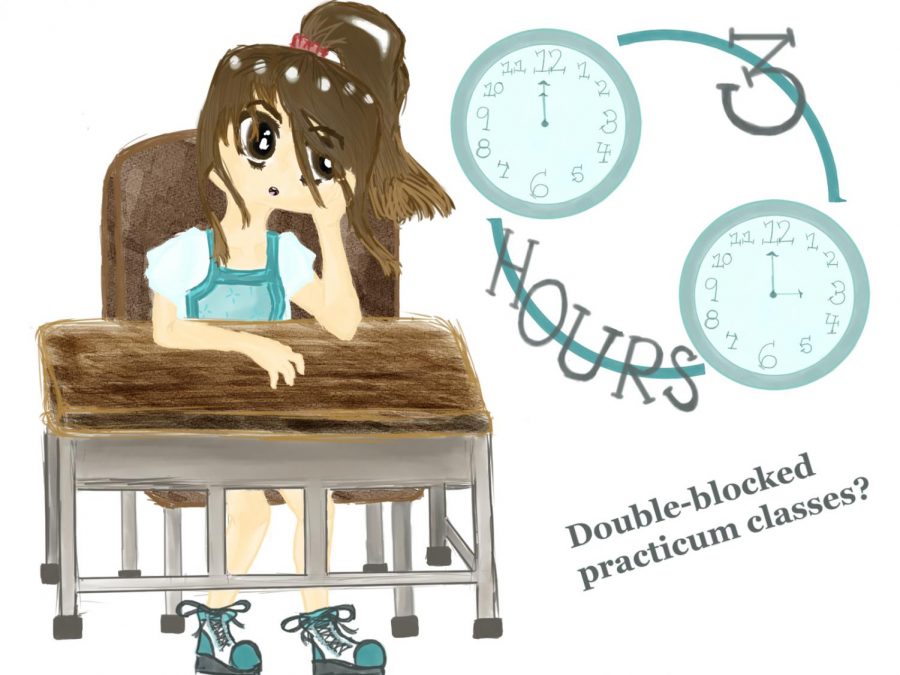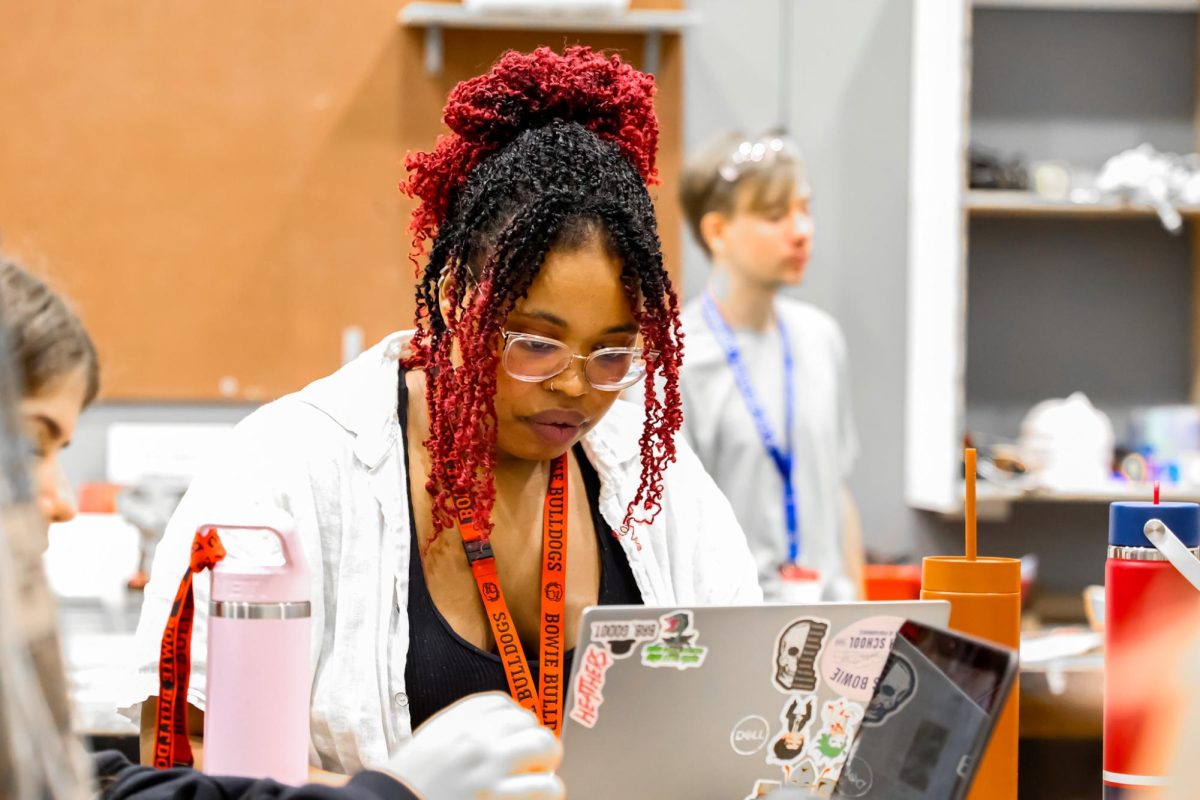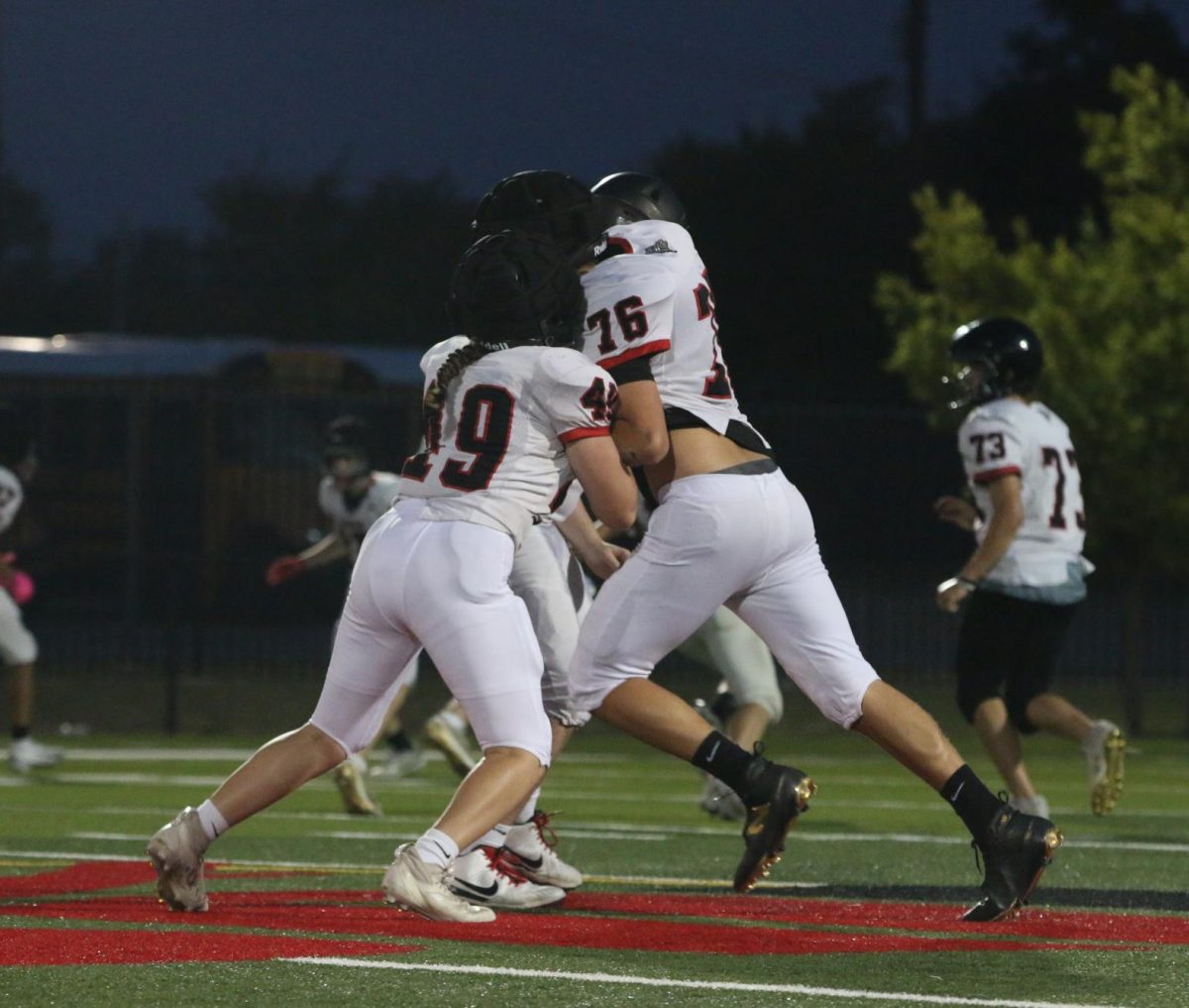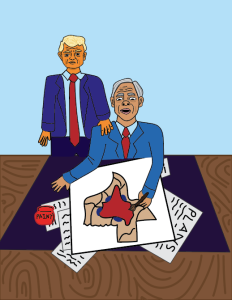Are the new, double-blocked practicum classes the best choice for students?
As part of an expansion of course selection in the 2020-2021 school year, several double-blocked practicum classes have been added to the school’s curriculum. These classes require the completion of prerequisites in several Science, Technology, Engineering, and Mathematics (STEM) classes, and offer internships and other career training for students.
May 27, 2020
James Bowie High School has added several double-blocked practicum classes to next year’s curriculum, including Practicum in Ag-Veterinary Medicine, Practicum in Floral Design, and Practicum in Hospitality Services. They apply to multi-year courses, and even more specifically they take effect for practicum classes which are specialized to give students substantial application for fields of study. Mostly they are for STEM (Science, Technology, Engineering, and Mathematics) and business classes.
I think double-blocking practicums is a step in the right direction for specializing student skills and preparing students for college.
For one thing, dedicating so much time to a particular topic from the get-go appears impressive for both college and job applications. This means a student can perform more specific skills that aren’t possible with rudimentary, 90 minute classes and show a discipline and passion for the subject which promises a good investment into worker productivity.
Additionally, the longer classes make transitioning to college easier. College classes also usually last three hours, and are designed to be detail-oriented and delve deeply into topic matter. College is fundamentally different to high school in many ways, so experiencing such an integral part of college is productive for students and makes the adaptation that much easier.
This new system that the Austin Independent School District (AISD) is implementing most likely comes from European models of schooling. Such as in France, where career paths are considered at very young and creative or sports-oriented activities usually are not organized by schools but by local communities for casual off-time of studying. By the time high school rolls around, students usually aim for one which specifies in their professions to optimize career productivity.
But children here often do not have a clear path chosen by the end of even middle school. They are mostly abandoning the dreamy notions of childhood, and have not begun to properly consider realistic ambitions for the future. So this small change to class curriculum is both pursuing more successful class guides while also accommodating a different culture which puts less pressure on students, and more room for exploration.
With the double-blocked classes, however, there are concerns about sacrificing too many electives. Students are encouraged to take courses which might not exist if there are two-period practicum classes, and while electives may not always be academic or career-oriented, their purpose is to expand socializing skills or hobbies which contribute to the value of life. Electives give people the tools to explore what they might find joy in outside of careers.
With three hour classes, students are going to have to start giving up electives. There will be more narrow options and less time for finding people and subjects which interest students. I have always been impressed by the many options for students when selecting my electives, so I hope the school still takes those classes into consideration. They build skills just as important as any practicum class, just more with networking and collaborating which is a part of most jobs, regardless of the field of study.
Some will find the double-blocked classes as a hindrance to careers more honed in elective activities. But personally, the double-blocked classes position a student’s career as more obtainable in the future. Learning specified skills can put a student ahead of the curve, and on their way to higher positions in the workplace.









